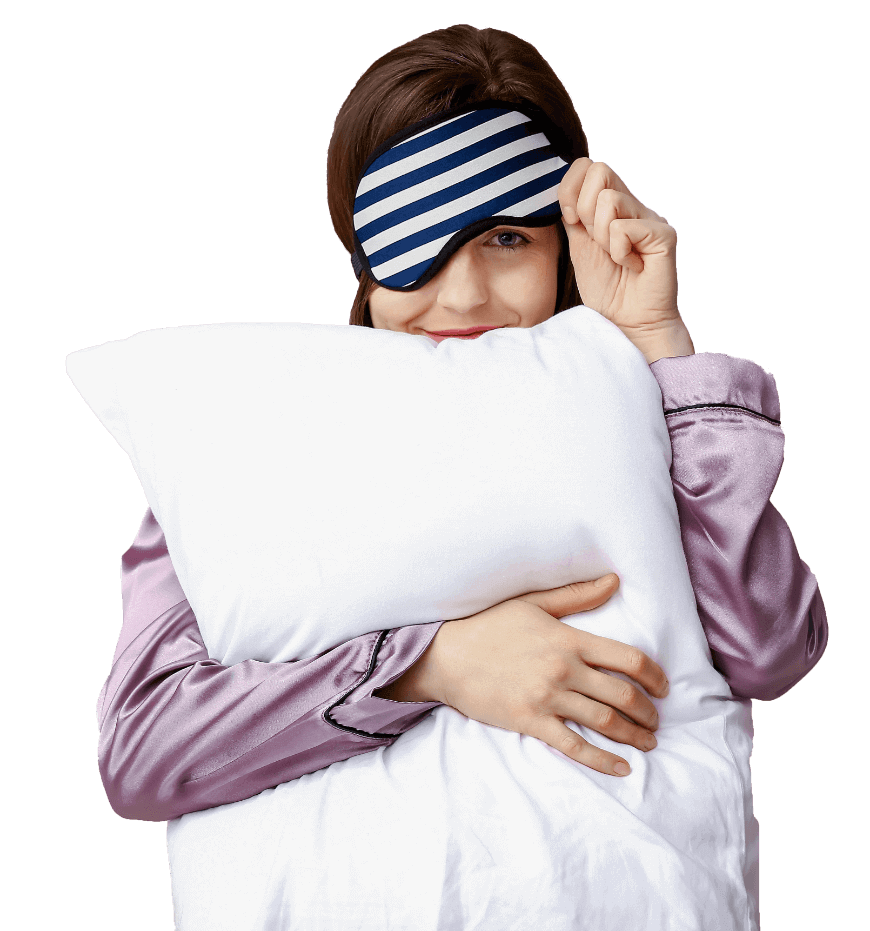
Orofacial pain and sleep disorders may worsen with time and it is important to seek professional advice. It is recommended that individuals educate themselves; informed patients have an easier time talking with healthcare providers and making the right decisions. At the Head Pain Institute, we strive to provide useful information for all our visitors and patients so that they are in a better position to help themselves.
TMJ Myths
The temporomandibular joint, or TMJ, connects the jawbone to the skull. There is one joint on each side of the jaw and they act like sliding hinges. Temporomandibular disorders (TMDs) can cause pain in jaw joints as well as the muscles that control jaw movement. In some cases, the discomfort and pain that individuals experience from TMJ disorders are temporary. These symptoms can be relieved through nonsurgical treatments and/or self-managed care. Surgical procedures are typically administered when conservative measures have failed. Because TMJ disorders are typically only understood by experts, many myths and misconceptions surround them. Find out more about the truth about TMJ problems.


Better Sleep Tips
Unfortunately, many individuals are sacrificing sleep to keep up with this fast-paced world. It is important that adults, teenagers, and children embrace the necessity for adequate sleep. Sleep is an essential function that allows one’s body and mind to recharge. The process allows individuals to feel alert and refreshed when they wake up. In addition, regular sleep helps the body to ward off diseases and remain healthy. If a person lacks sleep, his or her brain cannot function properly. It can be dangerous if one’s abilities to process memories, concentrate, and simply think clearly are impaired.
It is important to note that most adults need between seven and nine hours of sleep. Children (younger than five years of age) and teenagers typically require more sleep. Medical conditions, disruptive environments, daily stressors, and busy work schedules, however, prevent many people from receiving enough sleep. Although most individuals can resolve their sleep problems by making positive lifestyle habits or sticking to a healthy diet, chronic lack of sleep may be a sign of a sleep disorder.
If you want to cultivate better sleep hygiene and get more rest in this 24/7 age, the Head Pain Institute has several tips to share. Check them out today!
FAQ
Symptoms of dysfunction and pain in the neck and head regions are classified as orofaciat pain Common symptoms include jaw joint pain, stabbing sensations, facial burning. dental pain ear pain. neck pain, and headaches. In addition to orofacial pain. the Head Pain Institute has put together some of the most commonly asked questions about headaches migraines ear pain and ringing, and sleep disorders.
Answers found in our FAQs serve as a starting point for learning about head and orofacial pain management. Our team aims to better inform and empower patients and their loved ones. Do not hesitate to ask us questions if you are unsure The more you know as a pain sufferer the better you can manage it.
Articles
At Head Pain Institute we are dedicated to providing helpful articles for our patients to learn more about head and face pain. With an accumulated experience of more than 80 years, the providers at Head Pain Institute have a wealth of knowledge regarding head & face pain diagnosis and treatment. If you are looking for educational resources such as articles on headaches, pain relief, sleep apnea, TMJ, etc., continue to our articles and read more!
To schedule an appointment with the Head Pain Institute, Call (602) 806-6555 or send us an email at info@headpaininstitute.com.
